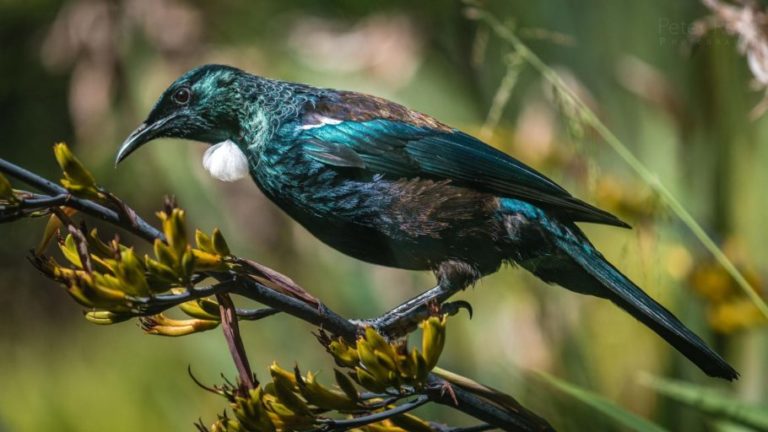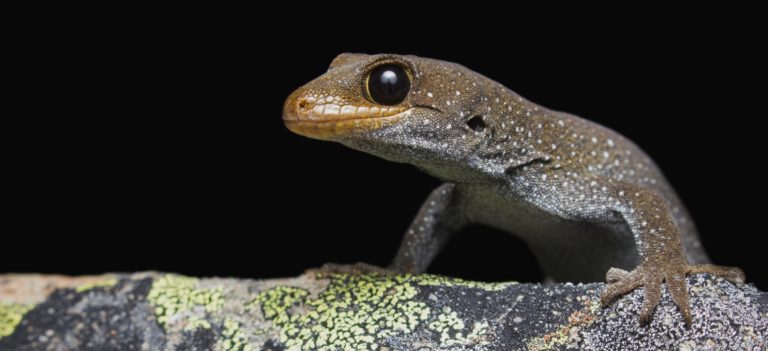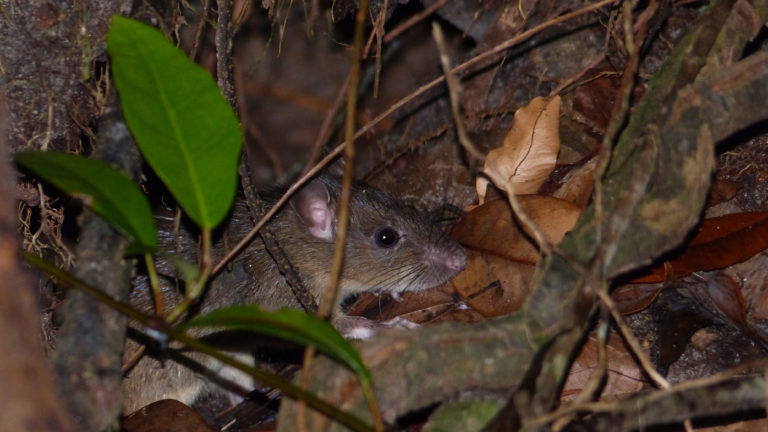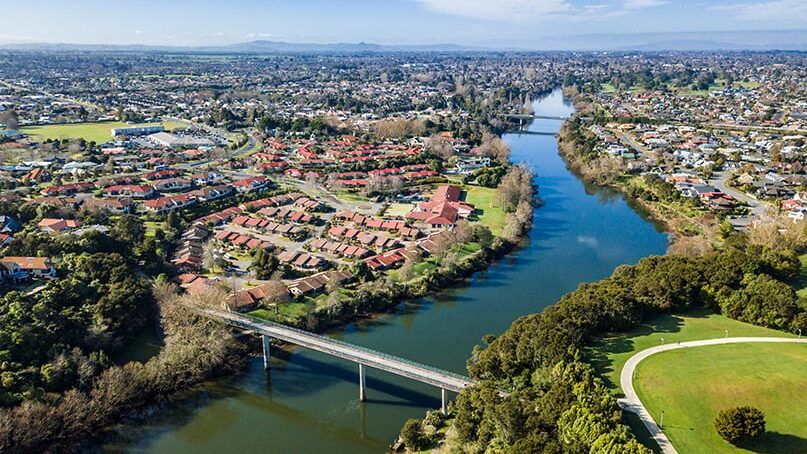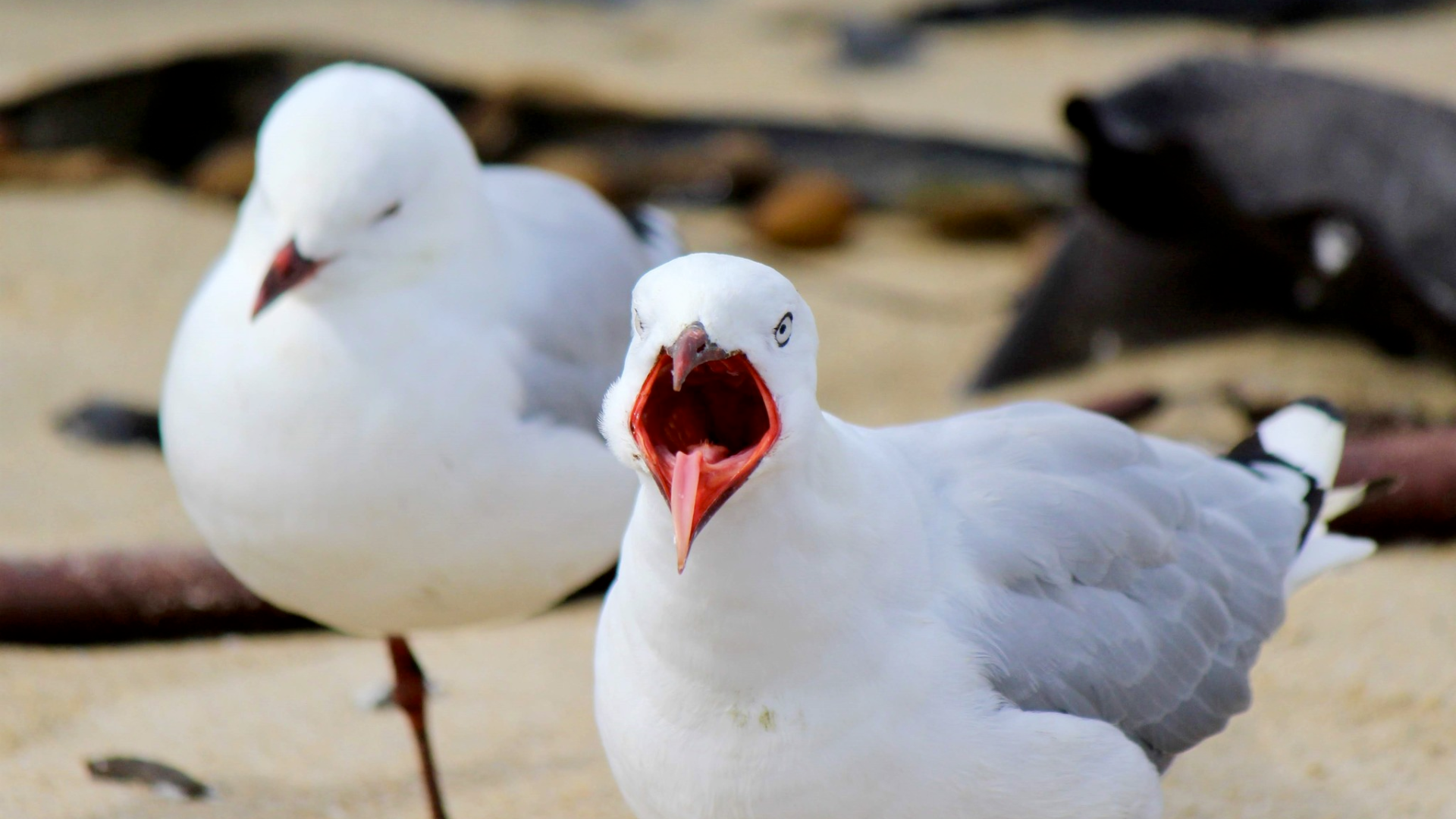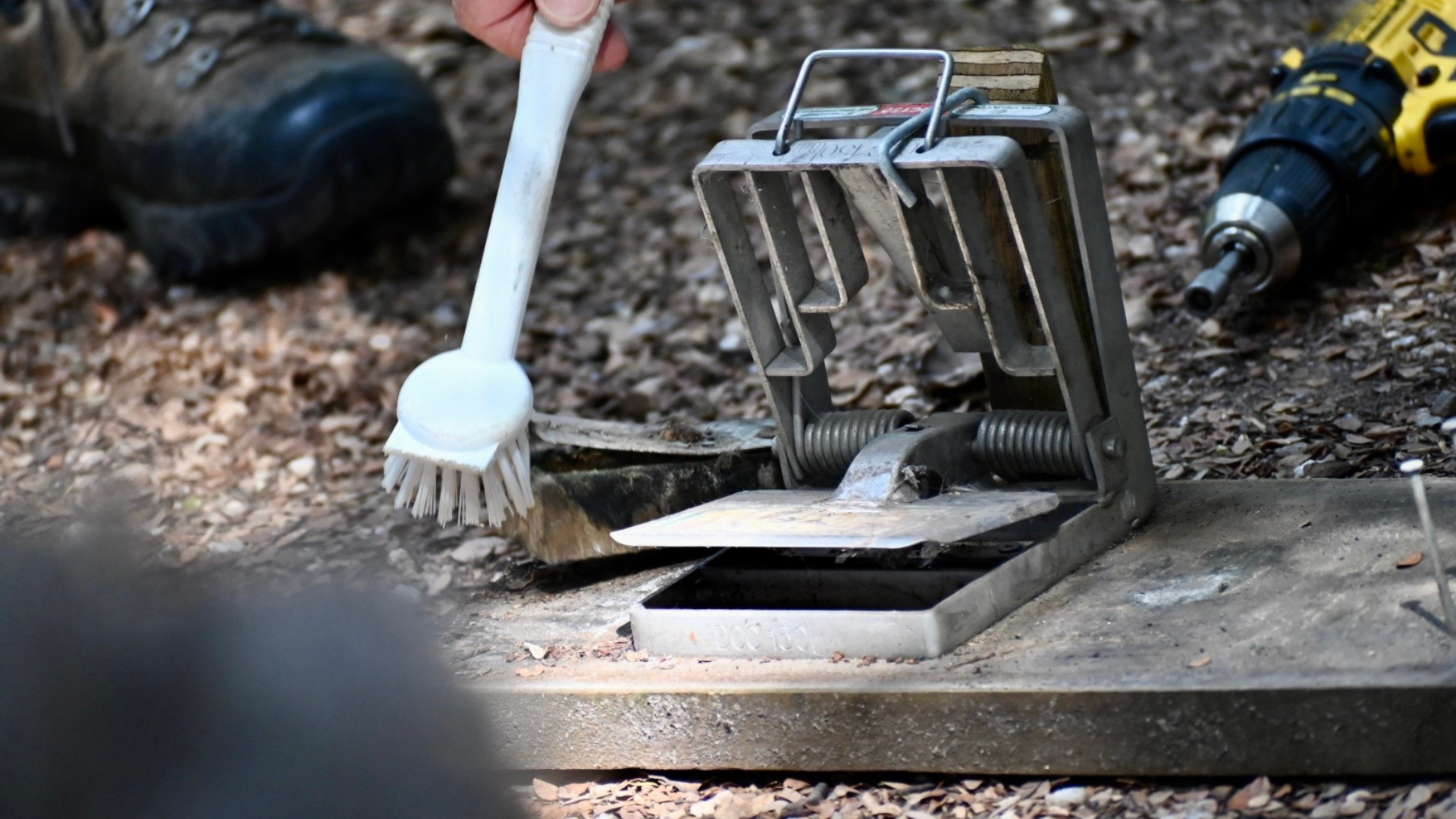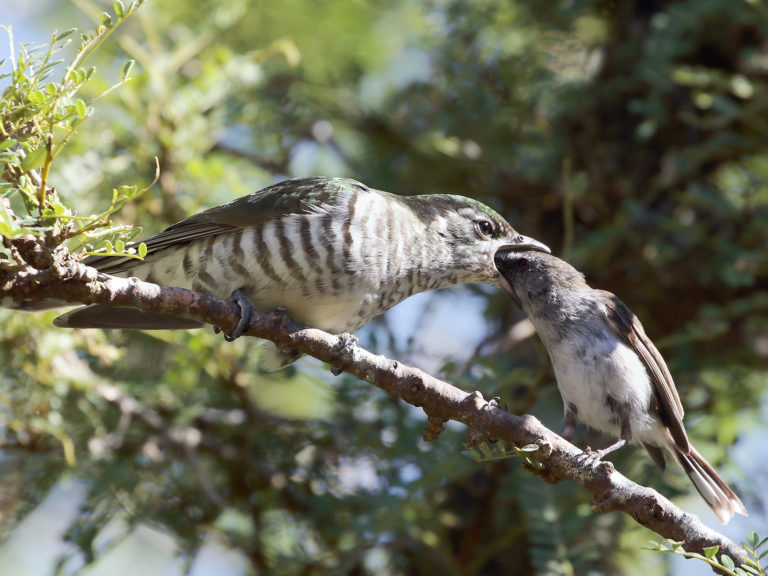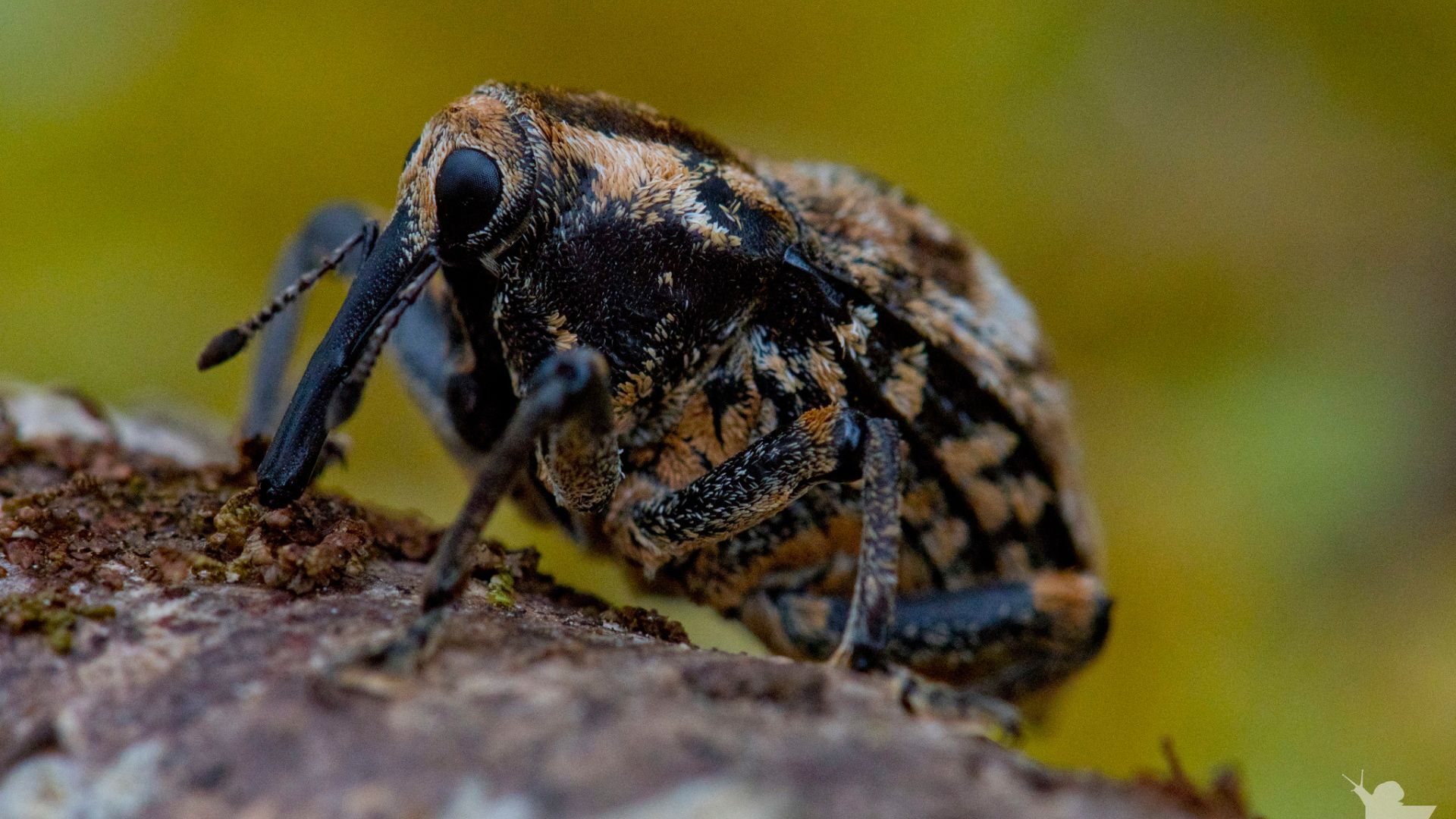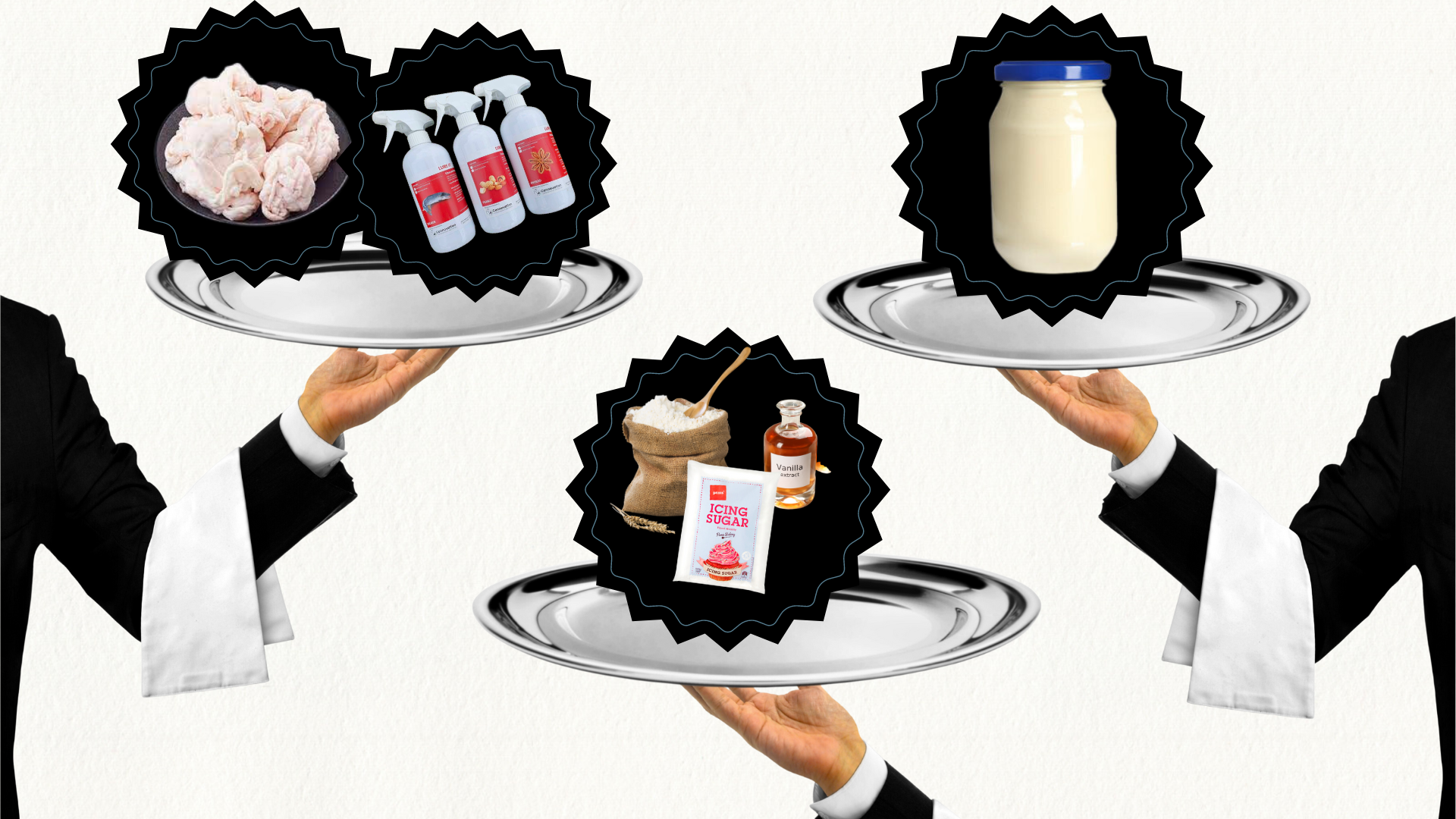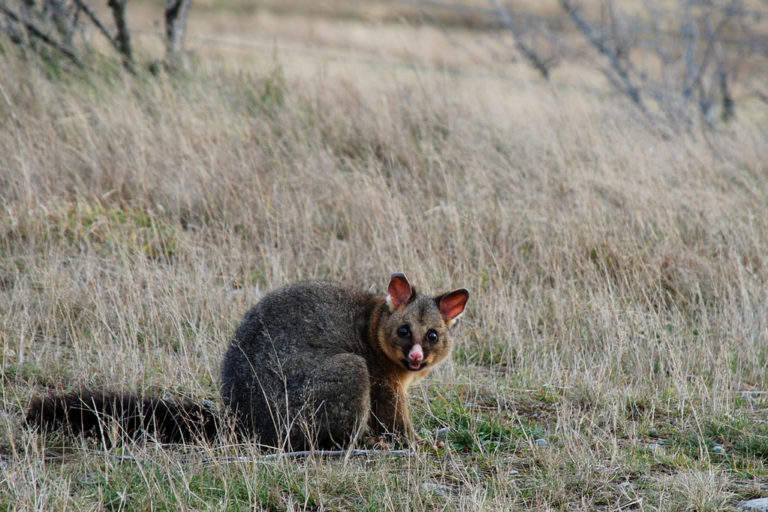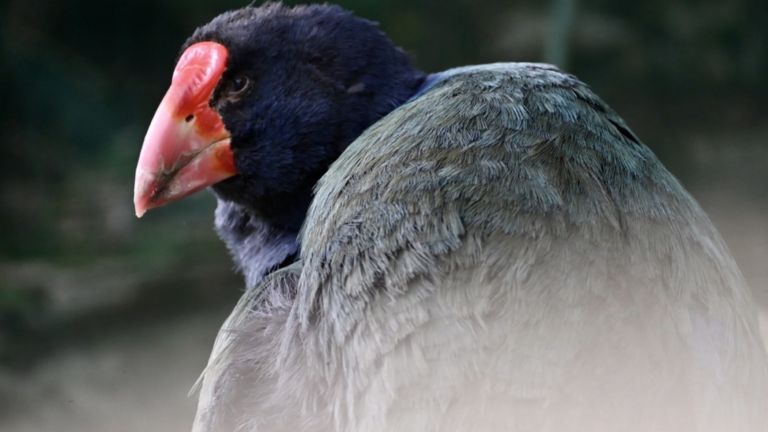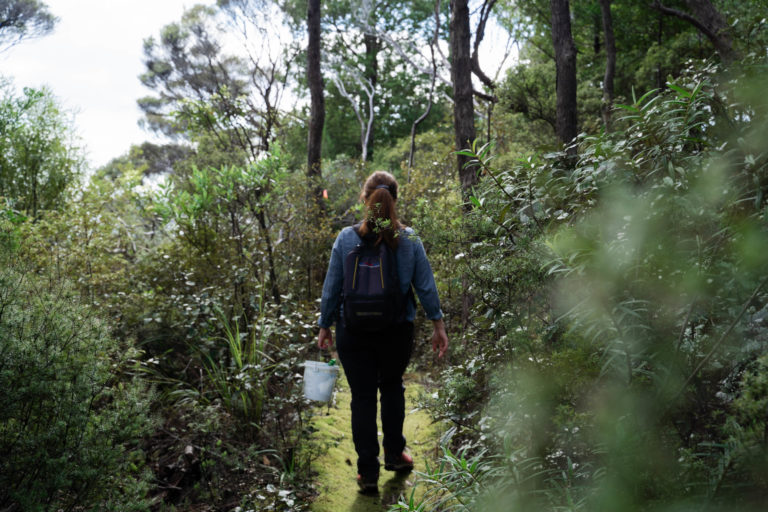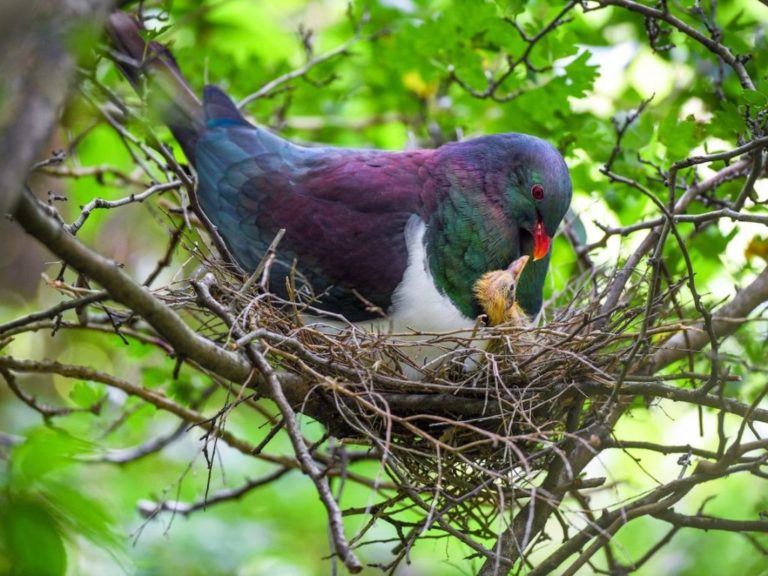Other articles written by Ruby Fenwick
If our native birds were gardeners, what would they plant?
No matter how small, you can always make your backyard more attractive to native birdlife by providing food, water, shelter, and nesting places/materials.
Brainy, beautiful and beloved: so why are our kea disappearing?
Dubbed ‘the clever clowns of the Alps’, kea are much loved for their cheeky spirit and keen intelligence.
Tuatara aren’t lizards but here are 5 cool geckos that are
We may be a nation of bird nerds but our native geckos are noteworthy too! There are at least 44 species of native geckos, and more continue to be discovered.
Troubleshooting tips: what to do when your rat trap isn’t catching any rats
Here are some tips to make your trap more effective. To trap rats successfully you need to know more about them, specifically their behaviours and what motivates them.
Restoring nature in the heart of Hamilton
Kirikiriroa (Hamilton) may be renowned for its beautiful gardens, but the city holds a surprising truth – much of its greenery is introduced plantlife.
Native chippy pinchers: 5 surprising facts about our native gulls
What comes to mind when you think of a gull? Noisy seaside neighbours? Picnic scavengers? How about declining species?
5 ways to give your trap some TLC
Traps can get grungy and lose effectiveness if we don't give them attention. So, here is five ways to look after your trap and keep it catching!
Mystery, migration and mucous membranes: 5 curious facts about the shining cuckoo
From unusual breeding strategies, to quirky culinary tastes, here are 5 curious facts about the shining cuckoo.
5 weird and wonderful native animals that aren’t birds
Aotearoa New Zealand's biodiversity extends beyond our feathery friends. Be wowed by these five native species, from fuzzy weevils to smelly bats.
Troubleshooting tips: what to do if your possum trap isn’t catching any possums
So, you've set your possum trap, hoping to make a dent in the possum population… but your trap remains untouched. Time to try our troubleshooting tips.
What’s on the menu? 5 lures that aren’t peanut butter
Peanut butter not attracting predators like it used to? Let's shake things up with five lures that’ll make your trap the hottest dining spot.
7 surprising facts you should know about possums
The possum was introduced three years before the Treaty of Waitangi was signed and can now be found throughout the country.
5 life lessons from our takahē
Do you find puppets a bit weird? Are you mysterious? Love family above all else? You might have more in common with takahē than you think.
5 insights from women in conservation
The gender gap in conservation is no secret — fewer than 30 percent of the world’s researchers are women. We spoke to five women in conservation.
One lucky chick: the diary of a kererū
Before Lucky the kererū chick – there was no luck. Judging by the eggshell remains, we think the main culprits were ship rats.

